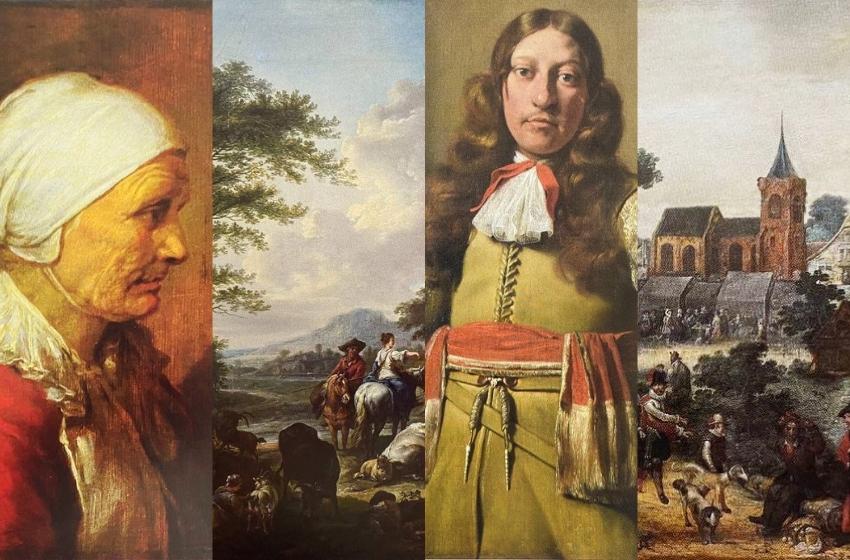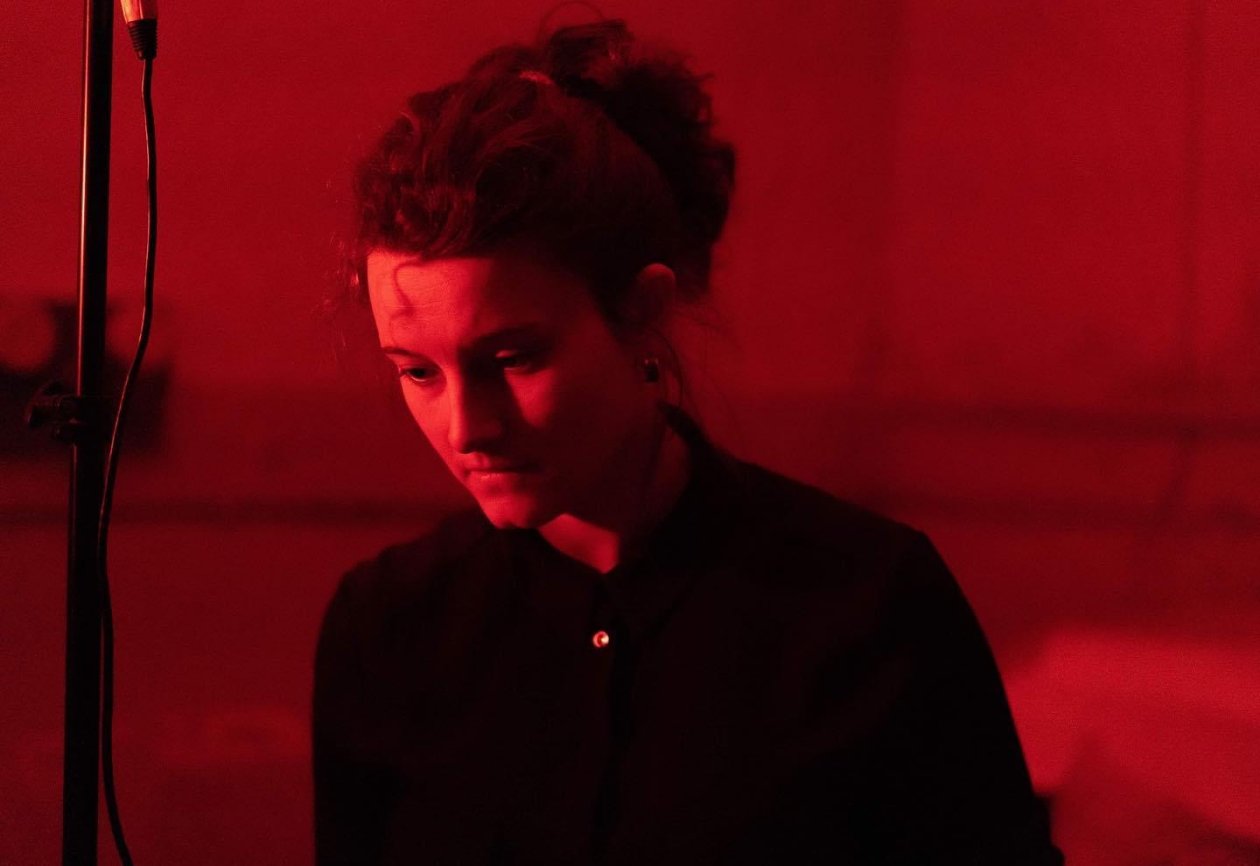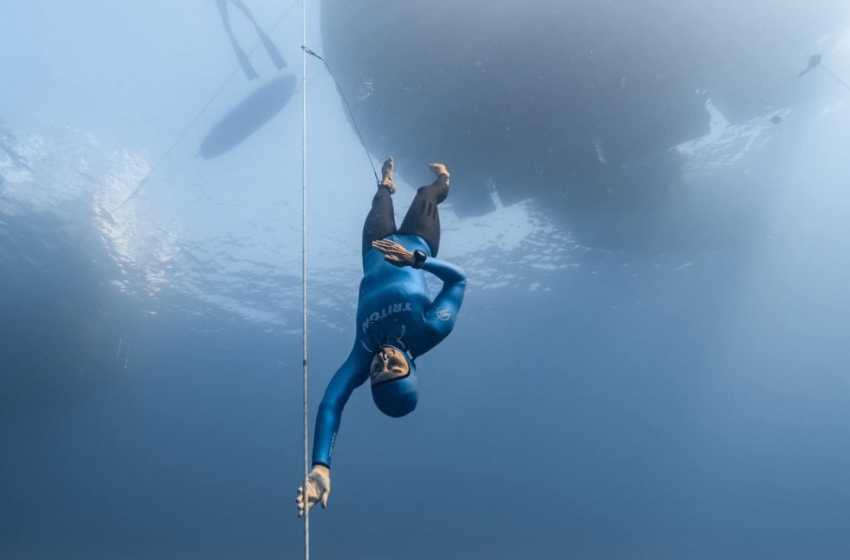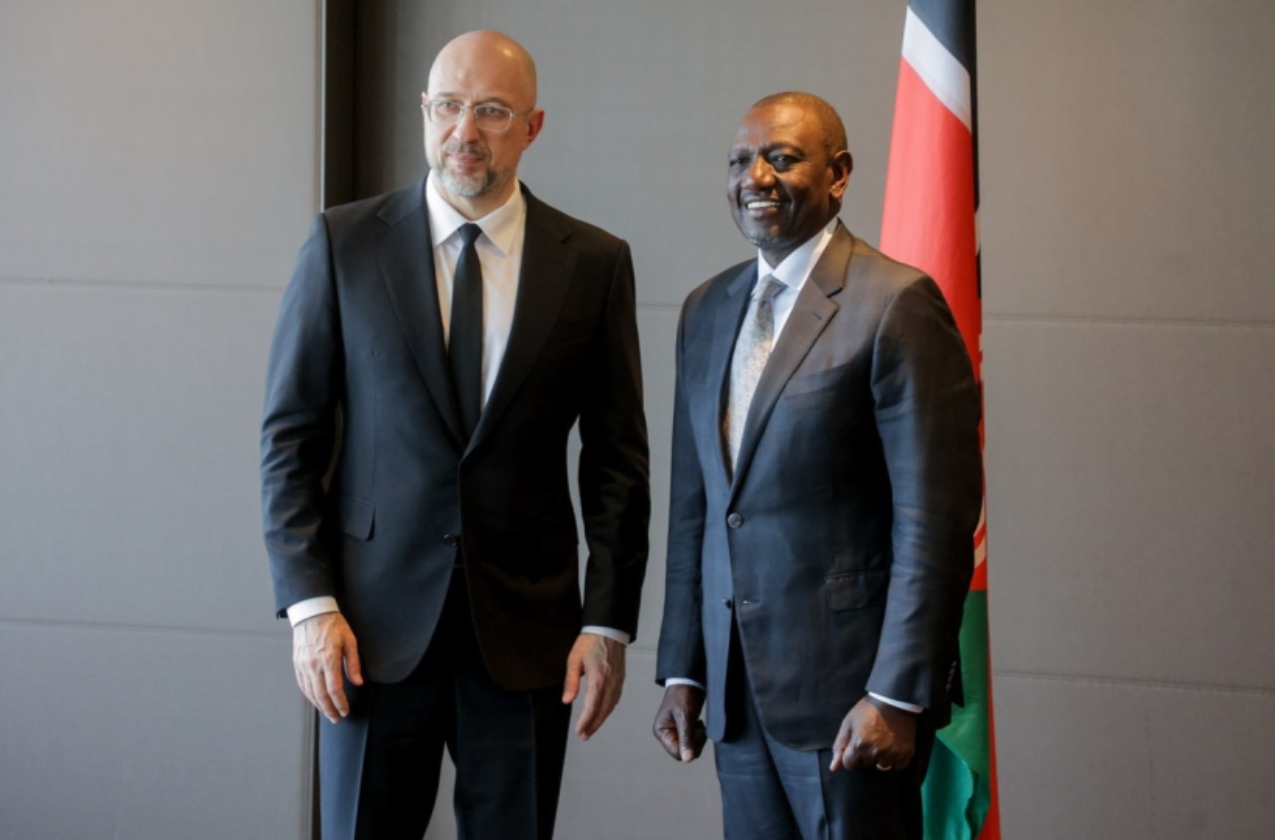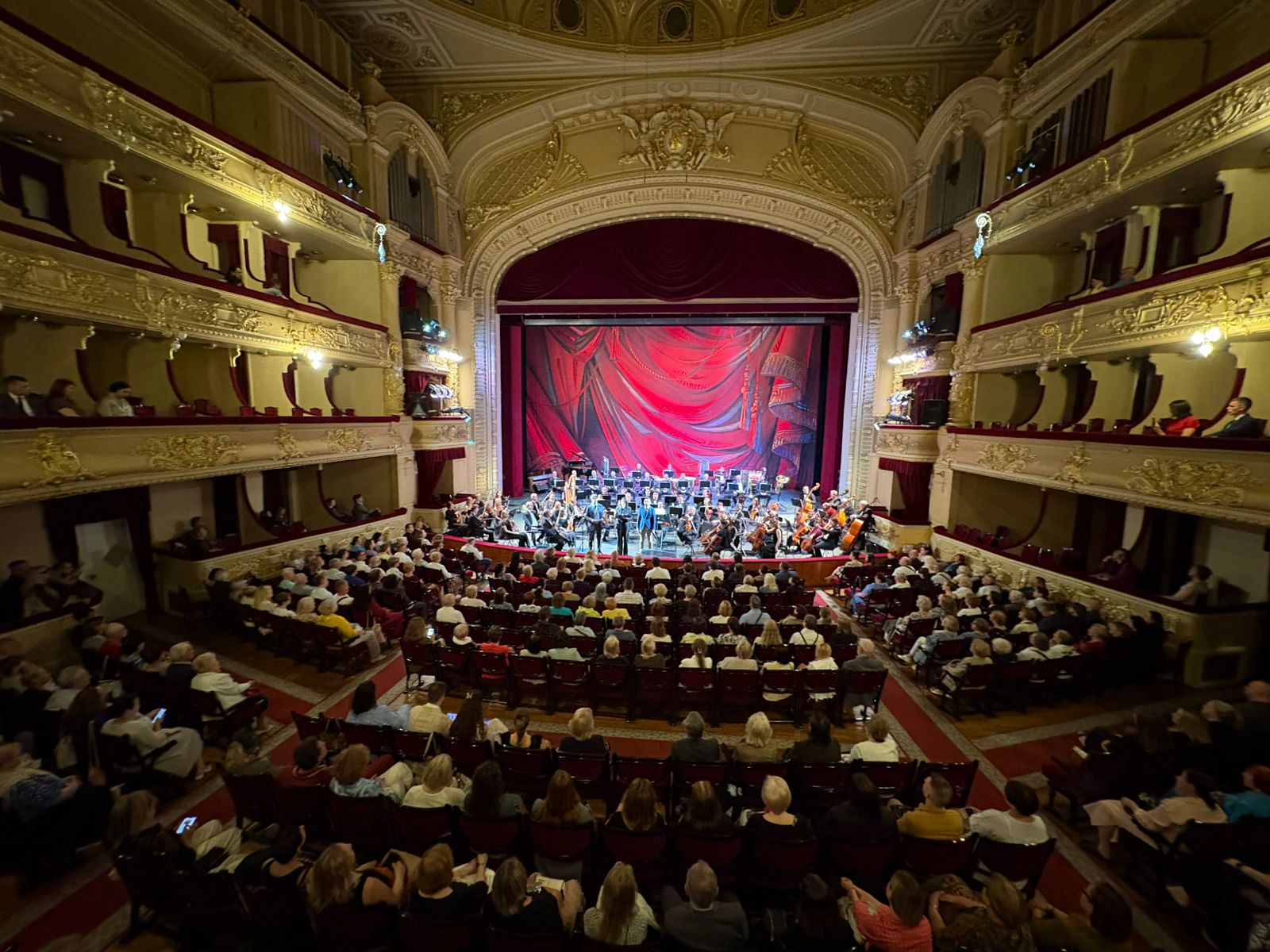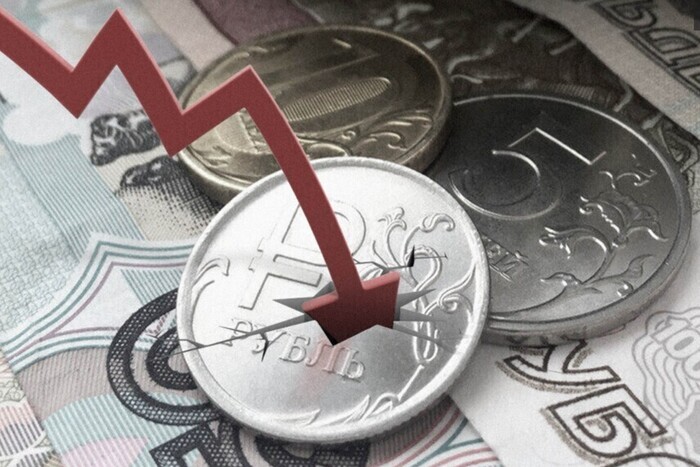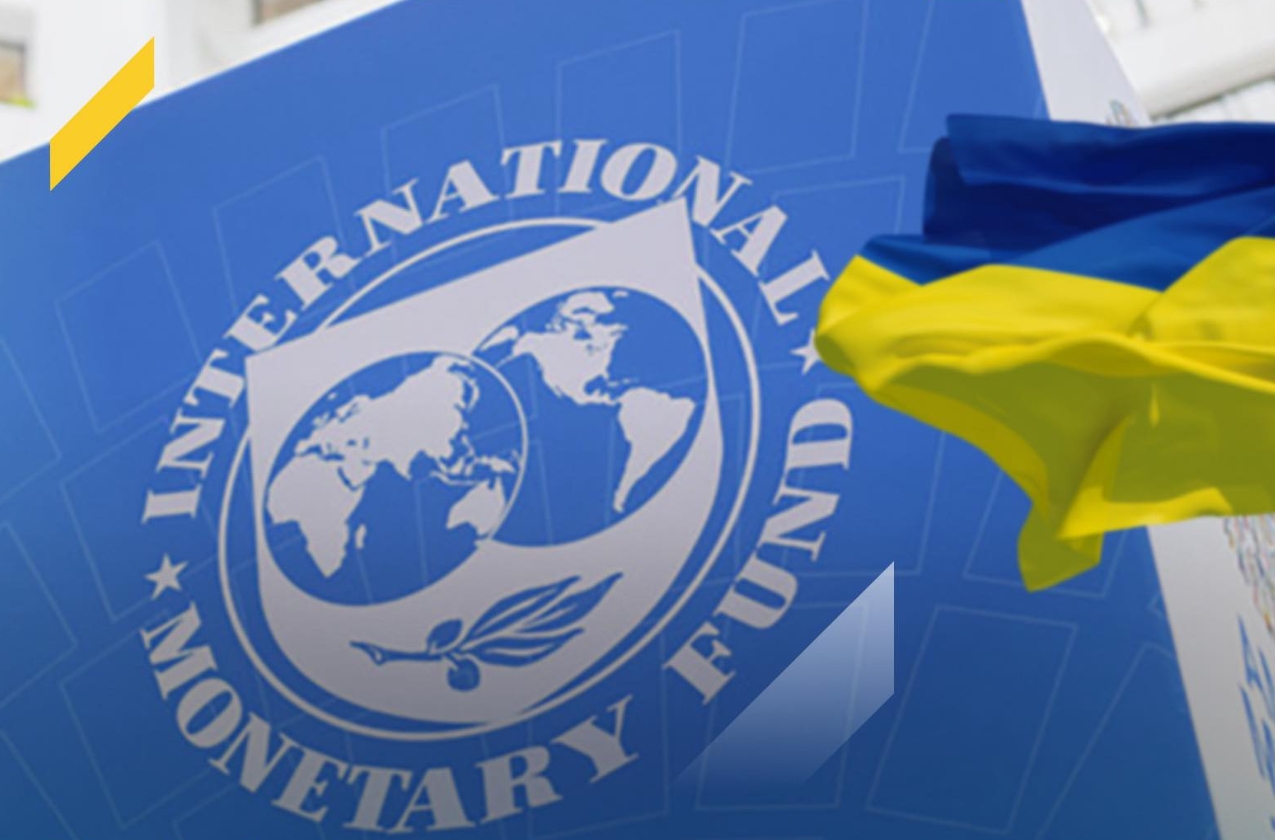The funds of the Odessa Museum of Eastern and Western Art contain the valuable works of Dutch masters: paintings, engravings, original drawings, and Delft faience. And of this number, only 4 paintings are on permanent display. In this article, we want to tell you about 4 paintings in the museum's depositories.
Jan de Bray
1626/27-1697
Portrait of a man

The portrait as a work of the school of Frans Hals came to the museum in 1949 from the Museum of Fine Arts. Pushkin, where he was transferred from the Rogozh-Simonov branch of the Tretyakov Gallery, and previously was part of the collection of Ludwig Gnatovych Mandl, a famous manufacturer, collector, and donor of the Rumyantsev Museum.
In 1990, as a result of research, the painting was attributed as a canvas by Jan de Bray, a famous painter, engraver, interior decorator, and architect of the Golden Age of Dutch painting. Arnold Houbraken, a Dutch art historian, called the artist "a pearl in the crown of Harlem."
The master worked mainly in the portrait genre but also turned to historical and mythological subjects. The artist spent most of his life in his native Haarlem, where he was repeatedly elected dean of the guild of St. Luke. After the death of Frans Hals, Jan de Bray was considered the best portraitist in Haarlem.
The male portrait of the Odessa museum is made without any idealization. Jan de Bray, with his characteristic "artistic honesty" of the Dutch, does not hide the shortcomings of the image: neither his fatness nor the roughness of his features. However, he accentuates the intelligent, penetrating gaze of large, slightly bulging eyes aimed at the viewer.
Respectful posture, a gesture of the hand resting on a side corresponds to quiet self-confidence, in the forces. In general, this work testifies to the strength of realistic traditions in Dutch art of the 17th century. It is believed that the portrait depicts the author's younger brother, Dirk de Bray, who was a famous engraver and still life artist, and after 1678 became a monk of the Flemish monastery in Gasdock.
Nicolaes Pieterszoon Berchem
1 October 1620 – 18 February 1683
Landscape with a Herd near Waterfall

Nicolaes Pieterszoon Berchem, painter, and engraver, was one of the prominent representatives of the Italian trend in Dutch landscape painting of the 17th century. He was born in Haarlem, in the family of an outstanding still-life master Peter Klaas, but chose the genre of landscape as his specialization. As an artist, Bercham was formed after his trip to Italy in the 1640's - now the main theme in his work was a completely sun-filled Italian landscape with figures of people and animals in the foreground.
His example can be "Landscape with a herd near the waterfall" from the museum's collection (received in the museum fund in 1921). Bercham managed to convey the calm of a warm summer day and the idyll of human life in the bosom of nature. Instead of an aerial perspective, in the paintings of other Dutch painters, where the background is barely drawn and dissolves into a haze, in the southern landscapes of Bercham with bright sun and contrasting shadows can be traced a more decorative interpretation of nature.
It is no coincidence that his work foretold the Rococo style and had a significant impact on the English and French landscape of the 18th century. Thomas Gainsborough and Antoine Watteau were fascinated by BerÑham's paintings.
Abraham Bloemaert
1564-1651
Portrait of an old woman | Portrait of an old man


Both portraits were in the museum collection before 1941, but their origin is unknown. Initially, the paintings were attributed to Abraham Blumart's son, Hendrik, but the artist's signature on the portrait of an elderly woman and the stylistic and picturesque similarity of the portrait of an elderly man, indicate the authorship of the father.
Abraham Bloemaert was the leader of the Utrecht School of Painting, which cultivated the priorities of Italian art. In his youth he spent almost three years in Paris, and returning home, he began a brilliant career, first in Amsterdam and then in Utrecht, where he moved in 1611. In the same year, the artist became a member of the Guild of St. Luke, organized with his direct participation.
Abraham Bloemaert's artistic heritage is extremely rich and diverse. He painted landscapes, biblical and mythological stories, and from the early 1600s, became interested in portrait painting. His work combined the influence of Mannerism and realistic method by Caravaggio, in particular the development of the problems of chiaroscuro.
Portraits of old and old testify to the author's desire for insightful communication with the model. Showing the external signs of old age, the artist focuses on the psychological life of people. In this regard, the portrait of the old man is especially interesting. A wrinkled sad face of a man is clearly visible on a dark background. The look of tired eyes seems to be directed inwards, and the eyebrows moved to a nose testify that the person is immersed in the thoughts and memories. Both paintings were painted with Bloemaert's inherent sophistication of painting, which was highly valued by his contemporaries.
Throughout his life, Bloemaert remained a very active man, a tireless experimenter, and a wonderful teacher, who formed such artists as Jan Bot, Hendrick ter Brugghen, Gerrit van Honthorst, and many others.
David Philips Vinckeboons
1576-1629
Fair

David Philips Vinckeboons was born in Flanders, in the city of Mechelen, in the family of the little-known artist Phillips Vinckeboons. When the boy was ten years old, his family emigrated to Holland due to religious and political persecution, but he always maintained a spiritual connection with his homeland. This is proved by his paintings, where he depicted traditional Flemish culture kermes - folk festivals and festivities.
"Fair" refers to a type of panoramic painting that developed in the Southern Netherlands in the 16th century and was a kind of combination of landscape and genre scenes. Such paintings were created by Pieter Bruegel the Elder, Karel van Mander, and later Peter Paul Rubens. The horizontal panoramic format of the painting was chosen not by chance - it helps the artist to fit as many interesting scenes as possible with the participation of representatives of different classes: aristocrats, ordinary townspeople, and peasants.
For Vinckeboons, the sharpening of the plot lines and some particularly rampant disorders are typical. This is "not yet a domestic genre, but its disparate elements, the proclamation of a new theme and the demonstration of a new hero." However, the museum painting also has a hidden moralizing motif, figurative and symbolic meaning, which was understandable to the master's contemporaries, but eludes the modern viewer: for example, vanity is embodied in the center of the composition of an elegant lady with two gentlemen. Nearby are scenes that illustrate the sins of drunkenness, anger, deception. Cricket, like any gambling, in the context of that era was considered an abomination. She is confronted by a woman next to the players, she pours wine into a glass and looks directly at the spectator. A metal carafe, with which a thin stream of wine is poured, is an attribute of moderation, one of the most common allegories in Dutch art of the 17th century.
But in this context, moderation is not about giving up alcohol, but about gambling. Along with justice, prudence, and courage, moderation was considered one of the four major virtues included in the code of Protestant ethics. Thus, the picture is also a witness to the mentality of his time, its ideas, and everyday symbolism.
Based on materials from the catalog of the exhibition "Golden Age" Dutch Art of the 17th century
To be continued...









